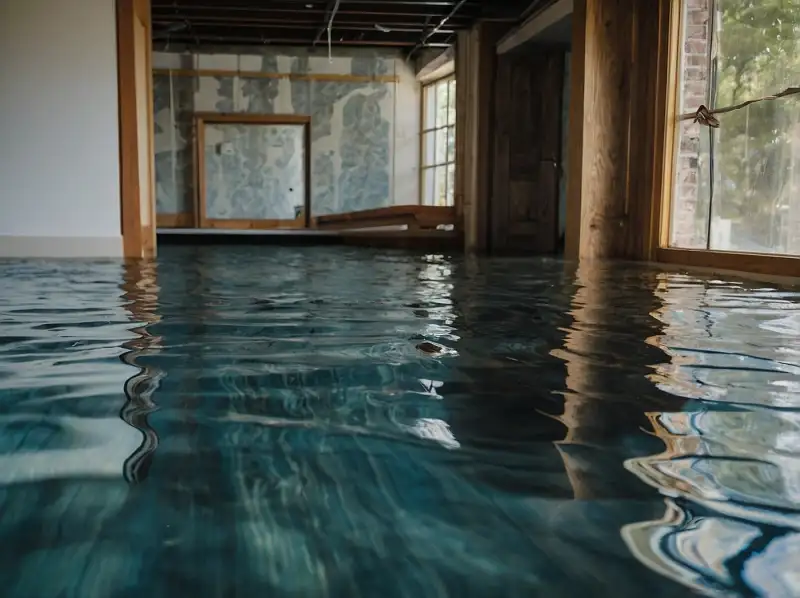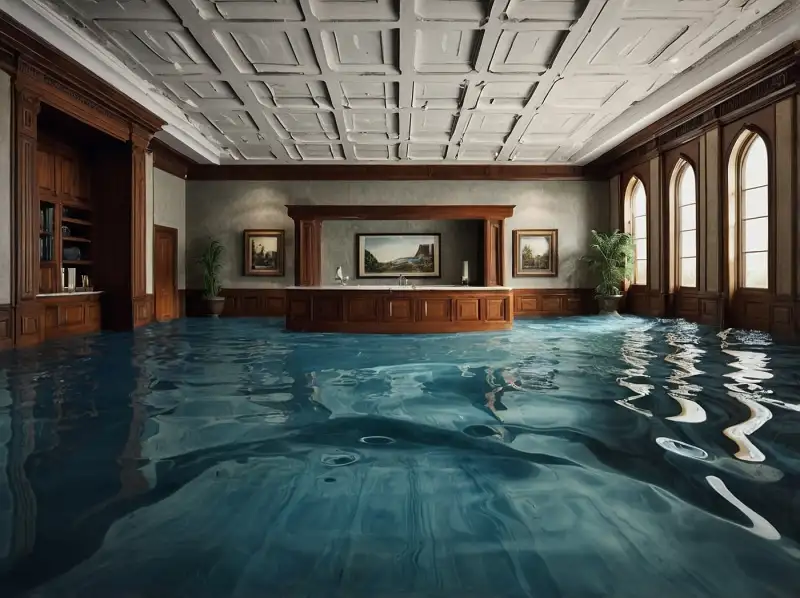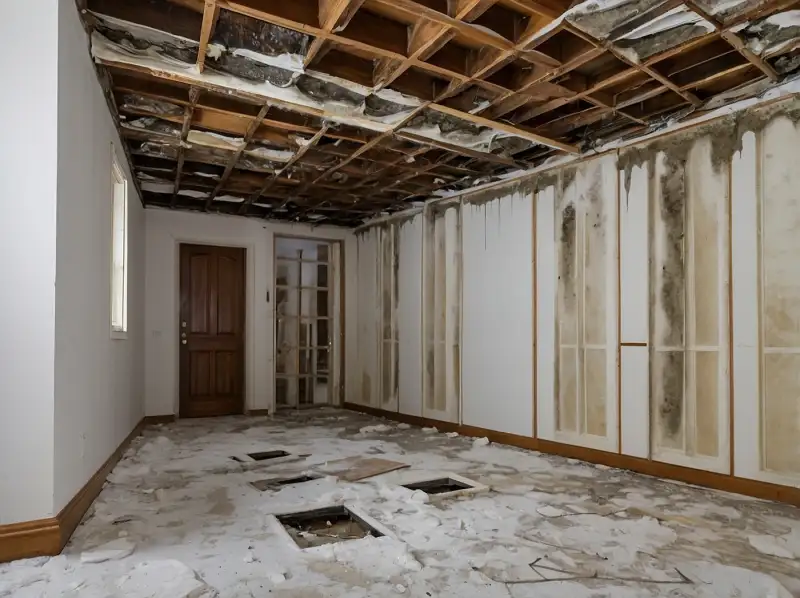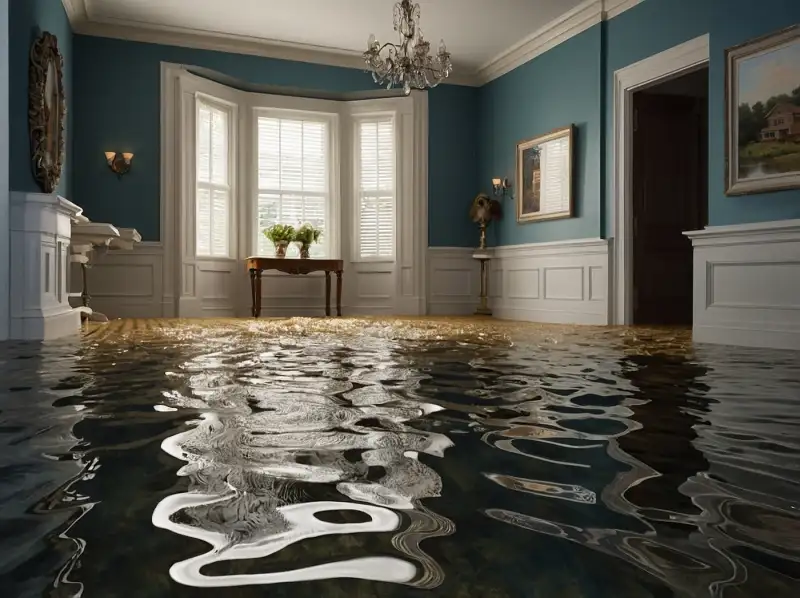
28
Aug
Water Damage Restoration in Bloomington: What You Need to Know
Understanding Water Damage Restoration in Bloomington
Water damage is not just an inconvenience; it can lead to severe structural issues and mold growth if not addressed quickly. As residents of Bloomington, we are no strangers to heavy rains, especially in the spring months. The importance of knowing how to deal with water damage cannot be overstated. Whether you’re facing a minor leak or a significant flooding event, understanding the restoration process can save you time, money, and stress. For expert assistance, you can contact our restoration experts today!
Common Causes of Water Damage in Bloomington
In Bloomington, several factors can lead to water damage:
- Heavy Rainfall: With the region’s seasonal storms, flooding can quickly overwhelm basements and lower levels, especially in areas near Lake Monroe and Brown County.
- Leaky Roofs: Aging roofs can develop leaks, allowing water to seep into your home.
- Broken Pipes: Old or damaged plumbing can burst, causing significant water damage in a short time.
- Sewage Backup: This unfortunate scenario can lead to hazardous conditions, requiring immediate professional intervention.
Steps to Take After Water Damage Occurs
If you experience water damage, follow these essential steps:
- Ensure Safety: Before anything, ensure that your family is safe. Turn off electricity if water is near outlets.
- Identify the Cause: Determine the source of the water to prevent further damage.
- Document the Damage: Take photos for insurance purposes. This documentation can be crucial in filing claims.
- Contact Restoration Experts: For significant issues, it’s best to contact our restoration team to assess and address the damage.
The Water Damage Restoration Process
Let’s dive into the typical restoration process that our team follows in Bloomington:
1. Assessment and Inspection
Our professionals will assess the extent of the water damage. We check for moisture levels and identify hidden areas of damage, particularly in hard-to-reach places.
2. Water Extraction
Using specialized equipment, we remove standing water efficiently. The faster we can extract water, the less damage your property will incur.
3. Drying and Dehumidification
After extraction, we focus on drying out your property. This step is crucial to prevent mold growth. We use industrial fans and dehumidifiers to ensure all moisture is removed.
4. Cleaning and Sanitization
We clean and sanitize affected areas to eliminate contaminants and ensure a safe environment for your family or business. This step is crucial, especially if sewage backup is involved.
5. Restoration
Finally, we begin the restoration process, which may involve repairs to drywall, flooring, and other structural components. Our goal is to restore your property to its pre-damage condition.
Preventing Future Water Damage in Bloomington
While we’re here to help when disasters strike, prevention is always the best approach. Here are some tips to protect your home:
- Regular Maintenance: Inspect your roof, gutters, and plumbing regularly to catch issues early.
- Landscaping: Ensure that your yard drains away from the house to prevent water pooling near your foundation.
- Install Sump Pumps: If you live in a flood-prone area, consider installing a sump pump in your basement.
Conclusion: Get Help When You Need It
Water damage can be overwhelming, but with the right knowledge and professional help, you can minimize its impact. At 911 Restoration, we’re proud to serve Bloomington and surrounding areas with comprehensive water damage restoration services. If you find yourself facing a water emergency, don’t hesitate to contact our restoration experts. We’re here to help you achieve a fresh start!
Remember, timely action can make all the difference. Whether you’re in Bloomington, Ellettsville, or Bedford, we have the expertise you need. For more information on our services, visit our service areas page.



